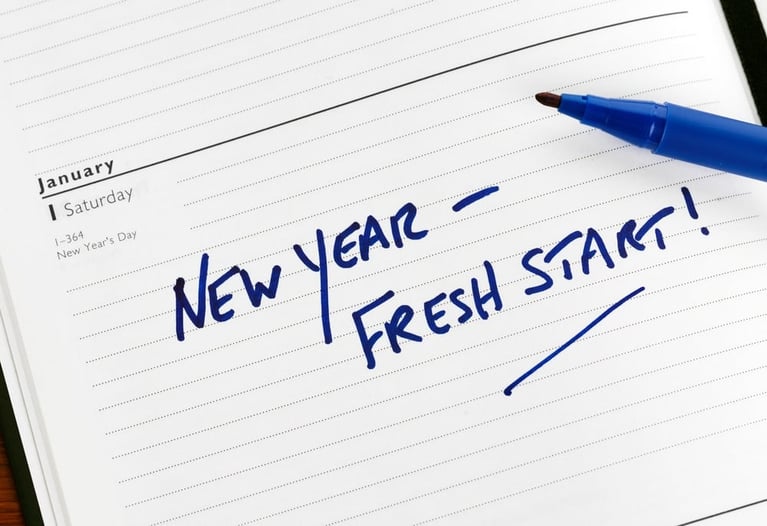Zoomache: zoom·ache | \zoohmm-āk weariness, fatigue, stress, and/or exhaustion from never-ending Zoom calls with family, friends, business colleagues causing a state of exhaustion or attitude of indifference or apathy brought on by overexposure to videoconferencing.
This is the term I’ve been searching for the last few weeks to describe how I’ve been feeling about the nonstop video chats. Thankfully, Dennis Pitocco, Editor-in-Chief enlightened me in his latest piece published on BizCatalyst 360, Zoom and Gloom: Got a Zoomache?
When social distancing and self-isolation first became a thing, so did video conferencing. And while many of us have been using zoom and skype for a long time now, suddenly we aren’t just using them for business. We’re also catching up with family, playing games, watching movies and having dinner with friends – all in the same space or zoom room. It would be like taking classes, having girls night out and visiting with your grandma all at your office. Our social roles are not just designated by the people we’re with, but also where we interact with those people. Currently, the only space we have for any kind of interaction is the block that holds our heads on a computer screen.
Being on a video call requires more neural energy than a face-to-face chat. We need to work harder to process non-verbal cues like micro expressions, vocal tone and pitch, and body language. Also, the way the video images are digitally encoded, altered, adjusted and patched together happens below our conscious awareness, and the brain has to work hard to fill in all of the gaps and stitch everything together.
Another challenge is silence. In face-to-face conversations, a one-second delay isn’t a big deal. But when it happens on a video call, it makes us nervous and we perceive others more negatively. One 2014 study by German academics showed that delays on phone or conferencing systems shaped our views of people negatively: even delays of 1.2 seconds made people perceive the responder as less friendly or not paying attention.
3 Ways to Alleviate Zoom Fatigue
- Limit video calls to those that are necessary. Just because you can doesn’t always mean you should. Be judicious when deciding which conversations require video and which can be done via telephone or email. Turning the camera off should also be optional – especially in larger meetings when not everyone can be seen at once.
- In conversations with more than a few people, experiment with having your screen off to the side. This may help you maintain focus for longer periods of time as it simulates being in a room with others around you rather than all directly in front of you.
- Building transition periods in between video meetings. Avoid jumping from one video call to another without at least a 15-30 minute transition period. During this video break, turn off the camera or, better yet, step away from the computer completely. Take a brief walk outside if possible for a “digital reset.”









